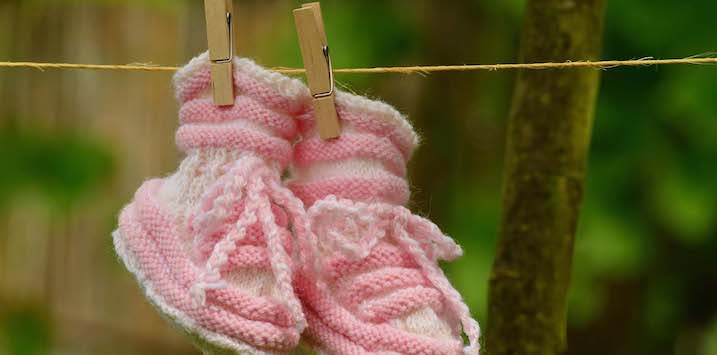
Is Baby Bunting proving the doubters wrong?
Contrary to popular belief, not all Aussie retailers are getting smashed by the arrival of Amazon. Take Baby Bunting (ASX:BBN) for example. The nursery retailer and one-stop baby shop just posted a solid half-year, with further growth on the horizon.
The market, based on the consensus view, had assumed 2019 was going to be the year in which Amazon sharpened its attack on the positioning of some of Australia’s incumbent consumer stocks, including JB Hi Fi (ASX: JBH), Harvey Norman (ASX: HVN) and Baby Bunting.
That view proved premature, and these three companies have rallied 84 per cent, 55 per cent and 73 per cent, respectively, since 2018 year-end. (1)
We’ve previously written about Baby Bunting and to remind readers, we believed BBN would take advantage of the consolidation of its Industry with many of its competitors including TRU/BRU, Baby Bounce, Bubs and Baby Savings closing 45 stores between them (for a combined $138 million of revenue). Apart from the major department stores, including Target, Kmart, Big W, Myer and David Jones – which number a combined 800 stores – Baby Bunting had received a free-kick from this consolidation. BBN had the largest “bricks and mortar” presence in Australia with 50 stores, while fiscal 2018 revenue of $300 million at 13 per cent share of its $2.4 billion addressable market gave it a long runway in terms of growth potential.
To counter the threat from Amazon, BBN has focused on Every-day Low Pricing (EDLP), a private label branding strategy which now accounts for 35 per cent of revenue, high quality service from knowledgeable staff and a Click and Collect strategy, which, in fiscal 2018, accounted for 50 per cent of on-line sales, which in turn accounted for 10 per cent of total sales. A State based fulfilment hub, established in Hobart, Perth and Melbourne was designed to ensure fast product delivery.
For the December 2019 half-year, BBN reported revenue of $186.4 million from its 56 stores, up $13.9 million or 8 per cent on the previous corresponding period ($172.5 million). The online category which was impacted by technical issues with the new website, only grew by 10.5 per cent and this accounted for 12 per cent of revenue. EBITDA grew $2.6 million or 22 per cent to $14.3 million while Pro-Forma Net Profit jumped $1.4 million or 23 per cent to $7.5 million. Earnings per Share on 126.4m shares stood at 5.9 cents, and the interim dividend was 4.1 cents.
Given 80 per cent of BBN’s top 250 stock keeping units (SKUs) are not available outside Australia, 56 per cent of BBN’s top 250 SKUs are subject to Australian safety mandatory standards; and only 20 per cent of BBN’s top 250 SKUs are sold on Amazon, where there is little pricing difference, it seems the long runway for BBN’s growth potential remains intact.
New BBN stores generate around $7.5 million of revenue and $1 million of EBITDA by their third year of operation. As management rolls out a further 24 stores (to 80), we continue to expect EBITDA and revenue to exceed $51 million and $600 million, respectively, by the mid-2020s, and this growth should be somewhat supportive of the share price, but currently it’s far from cheap.
You can read my previous articles on Baby Bunting here.
(1) JBH: $22.25 to $41.00 (+84%); HVN: $3.10 to $4.80 (+55%); BBN: $2.10 to $3.64 (+73%).